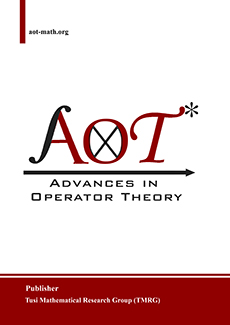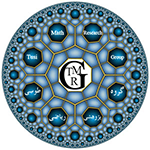Abstract
We show that a separable proximinal subspace of $X$, say $Y$ is strongly proximinal (strongly ball proximinal) if and only if $L_{p}(I,Y)$ is strongly proximinal (strongly ball proximinal) in $L_{p}(I,X)$, for $1 \leq p \lt \infty $. The $p = \infty$ case requires a stronger assumption, that of ’uniform proximinality’. Further, we show that a separable subspace $Y$ is ball proximinal in $X$ if and only if $L_{p}(I,Y)$ is ball proximinal in $L_{p}(I,X)$ for $1 \leq p \leq \infty$. We develop the notion of ’uniform proximinality’ of a closed convex set in a Banach space, rectifying one that was defined in a recent paper by P.-K Lin et al. [J. Approx. Theory 183 (2014), 72–81]. We also provide several examples having this property; viz. any $U$-subspace of a Banach space has this property. Recall the notion of $3.2.I.P.$ by Joram Lindenstrauss, a Banach space $X$ is said to have $3.2.I.P.$ if any three closed balls which are pairwise intersecting actually intersect in $X$. It is proved the closed unit ball $B_{X}$ of a space with $3.2.I.P$ and closed unit ball of any M-ideal of a space with $3.2.I.P.$ are uniformly proximinal. A new class of examples are given having this property.
Citation
Tanmoy Paul. "Various notions of best approximation property in spaces of Bochner integrable functions." Adv. Oper. Theory 2 (1) 59 - 77, Winter 2017. https://doi.org/10.22034/aot.1611-1052
Information





